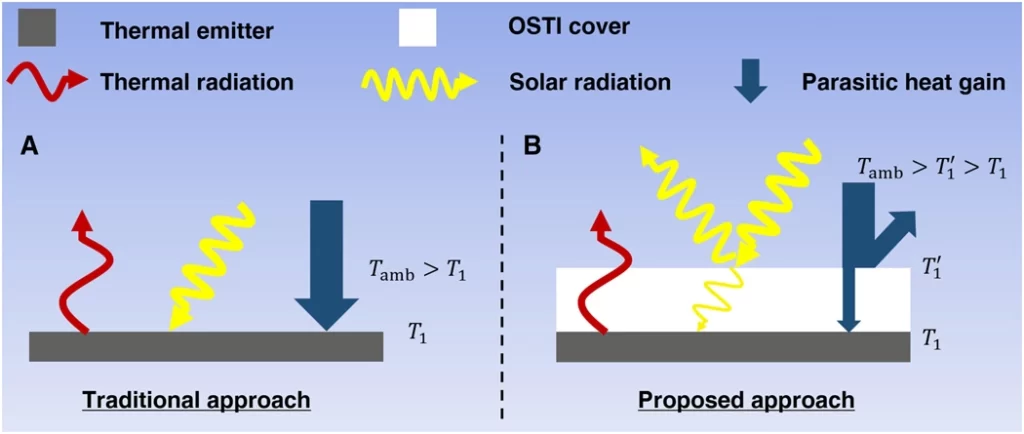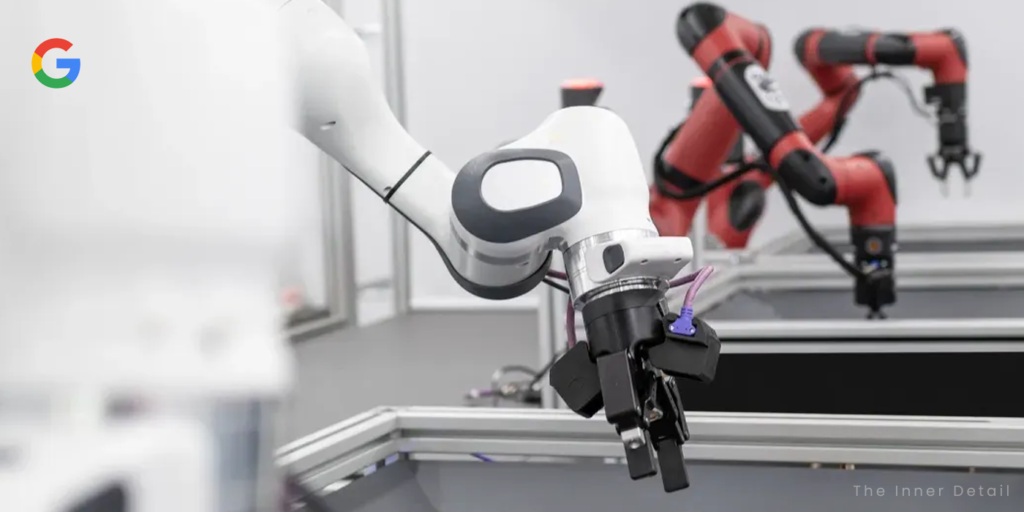Innovations on appliances, gadgets and everyday using products are gearing up, as the ‘smart-tech‘ dominates the era. Everything around us is becoming smart, ultimately for efficiency – means, working better by drawing minimal power possible. And same is the case with home appliances too. In the motive, India’s IIT researchers have steeply crossed the boundaries with this natural radiative cooling system that requires not just little, but no electricity.
Researchers of Indian Institute of Technology (IIT) – Guwahati campus have designed an efficient ‘passive’ radiative cooling system that no longer requires electricity to operate, replacing the conventional air-conditioners, the campus reported.
Passive Radiative Cooling System

The passive radiative cooler, appears to be an alternative to conventional air-conditioners, as the system enables to cool the room as much as fifteen degrees less than the atmospheric temperature. Unlike other radiative cooling systems, which only works on night, this functions both during day and night. And most important, with no electricity, means free of cost.
Passive cooling building structures have attracted the attention of onlookers and netizens, but this system is way beyond that, as the efficacy here is huge than the former.
Ashish Kumar Chowdhary, Research Scholar at IIT Guwahati under the supervision of Prof. Debabrata Sikdar, Assistant Professor, Department of Electronics and Electrical Engineering, IIT Guwahati, along with his research team has designed and modelled such a passive radiative cooler.
Radiative cooling system – Definition
Explained first in science subjects in schools, the radiative cooling is the process by which a body / any object on earth emits heat by infrared radiation to the cold universe.
The cooling system hardly happens on day as the emission is overlapped by the solar-radiations which are strong enough to penetrate the object’s surface or in other words, the surface have no comparatively good emissive power to reflect the solar-radiations back into the surroundings. So, typically the solar radiations’ heat heats up the object. And as all the objects naturally do this, they won’t demand for electricity for the job.

This is where, IIT Guwahati envisions the subject by applying polymer-based passive radiative coolers, which helps to achieve daytime cooling as well. The polymer works by oxidizing, degrading the polymers over-time. This operates as rechargeable ACs (since polymer’s oxidation degrades the material & one needs to replace the material again once it’s fully degraded).
The team considered using thin films of silicon dioxide and aluminium nitride, for two reasons – low optical density for solar & atmospheric radiations enabling it to be a good reflector and high optical density at atmospheric transmittance wavelengths. At cases of high optical density (or absorbance of a material), radiations travel much slower in that medium and consequently, it gets absorbed more.
And the law of thermal equilibrium, pushes the material to emit all the absorbed radiation like a black body.
Related Posts
Efficiency of Radiative Cooling
IIT researchers cascaded the thin films of silicon dioxide and aluminium nitride on a silver layer, used as a ground metal, placed over a silicon substrate. As a result, the designed cooler was capable enough of 97% reflectance for solar and atmospheric radiations and 80% emissivity for radiations in atmospheric transmittance wavelengths.
The net cooling power is estimated to be 115 watt per square meter which could reduce ambient temperature up to 15 degrees below the outside temperature.
This design provides 1.6 times more cooling power than its predecessor, whose model was comparable to this passive-cooling system. Further on, the team said that this will reach the market once the large-scale prototypes are developed and tested for operational stability and durability under different climatic conditions.
Upon successful testing and practical solvency in the market, the release of these radiative cooling devices would be groundbreaking in this energy-oriented era.
Drop your thoughts about this no-electricity cooling system in the comments..
(For more such interesting informational, technology and innovation stuffs, keep reading The Inner Detail).















